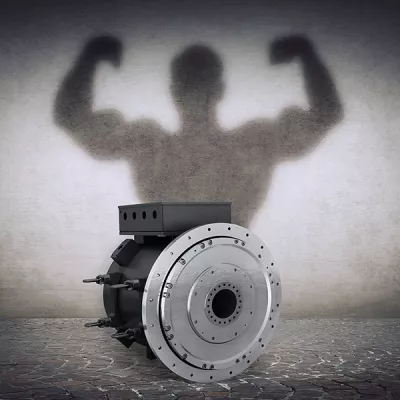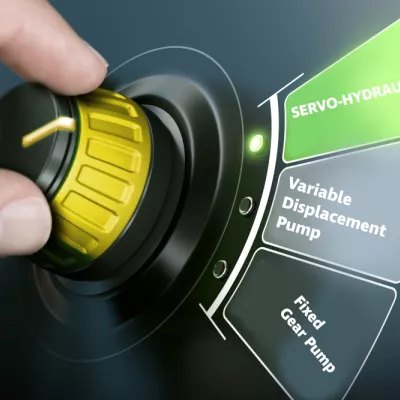With Baumüller drive technology: Team from the Technical University of Munich wins international competition for the best tunnel boring machine.
Read min.
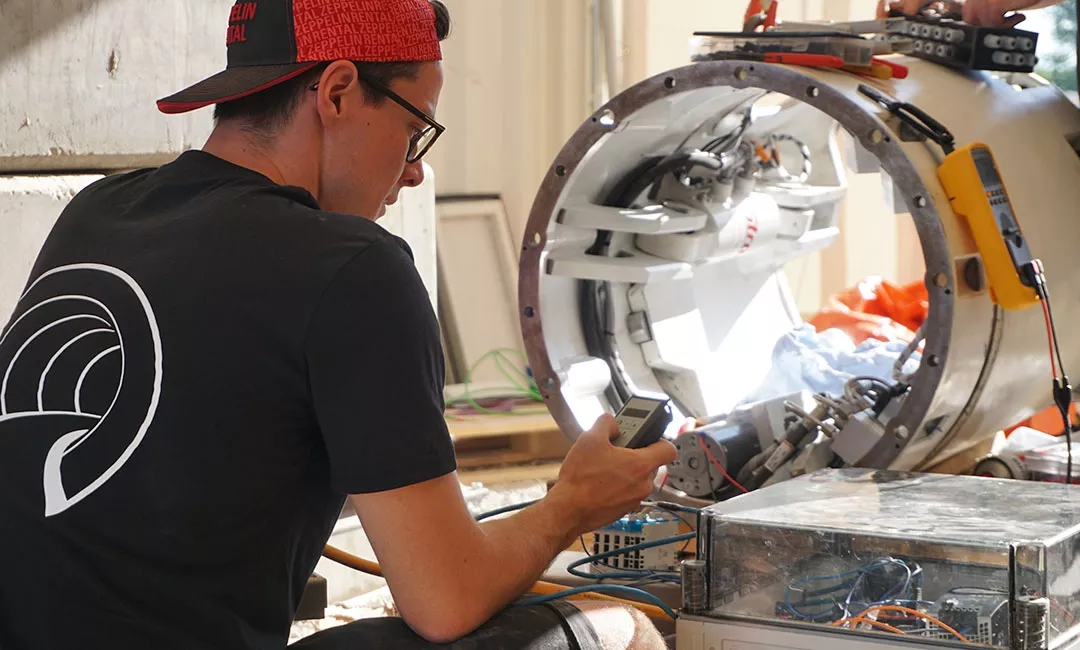
To revolutionize the tunnel boring machine – that was the goal of the “Not-a-Boring Competition” launched by Elon Musk’s The Boring Company. A team of students from the Technical University of Munich won – with water-cooled drive technology from Baumüller.
Kilian Scheer, sub-team leader for the power system, explains the challenges they faced in the competition and the technical concept of the tunnel boring machine.
The challenge of megacities
Congestion in city centers, lost time, air pollution, and high noise pollution – what is the solution to traffic problems in booming metropolises? Tesla and Space X founder Elon Musk is convinced: traffic must go underground. Musk’s Boring Company is working on the development of an underground infrastructure to solve the traffic problems of modern megacities. One major challenge here is tunnel construction – which must become much faster and more cost-effective in the future.
For this purpose, Musk initiated the “Not-a-Boring Competition” in 2020. Student teams from all over the world developed concepts for the tunnel boring machine of the future.
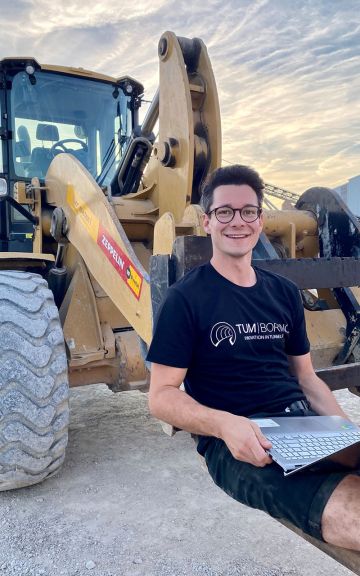
Fig. 1: Kilian Scheer participated in the “Not-a-Boring Competition” as sub-team leader and was responsible for the power system.
The tunnel boring machine from Munich
TUM Boring was founded as a non-profit association in July 2020 to participate in the competition. The team consists of over 60 members from 16 countries, mainly students from TU Munich. TUM Boring was one of twelve teams who made it to the final round in the USA. They therefore prevailed in the concept phase over around 400 teams from all over the world.
The climax of the competition would follow in September 2021: The twelve teams competed against each other in the Mojave Desert near Las Vegas – with TUM Boring winning the main competition with the fastest tunnel boring machine in the field.
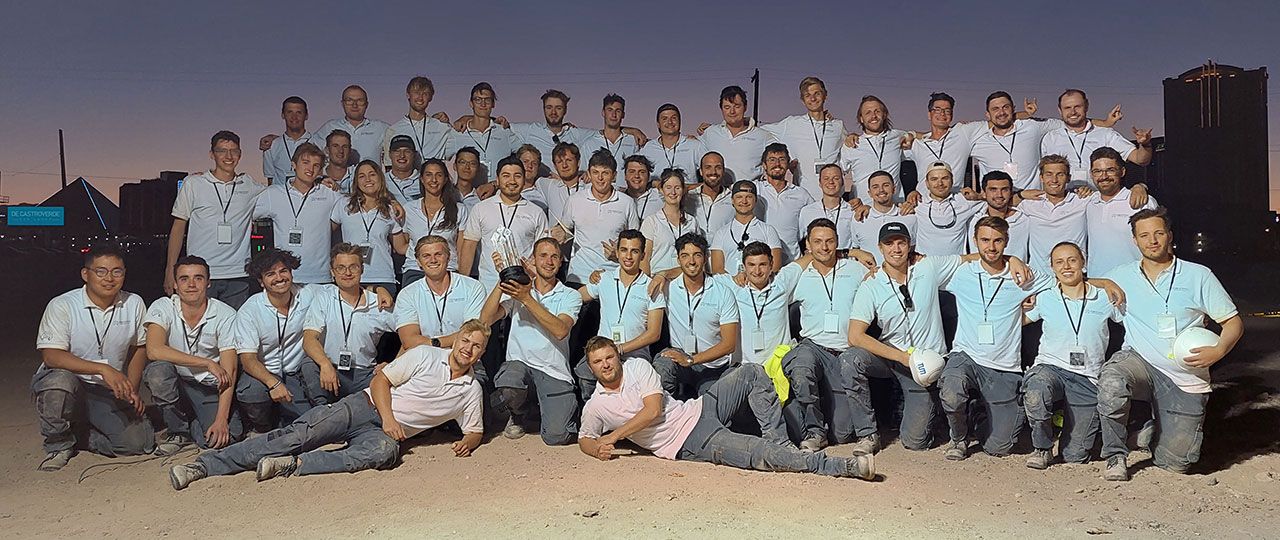
Fig. 2: The TUM Boring team at the competition in Las Vegas
The technical concept
The tunnel boring machine works according to the pipe-jacking method, which is also used in tunnel boring machines that are commonly used today. “What’s special about our system is that the pipes are stored in a turret, which allows us to save time during the drilling process. Via the pre-pressing force, the pipes are driven into the earth together with the cutter head and laid trenchlessly,” explains Scheer. The tunnel boring machine was constructed in an overseas container, and had a total weight of approx. 22 tons at a length of 12 meters.
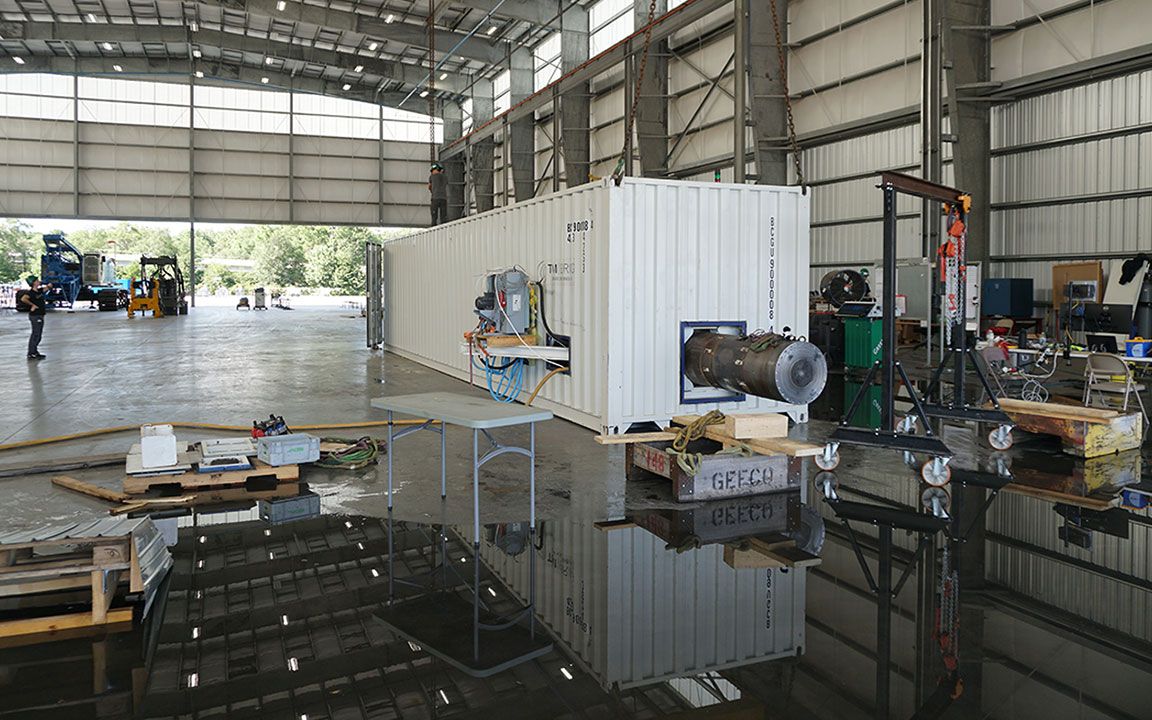
Fig. 3: Tests on the tunnel boring machine
Water-cooled synchronous motor replaces hydraulic motor
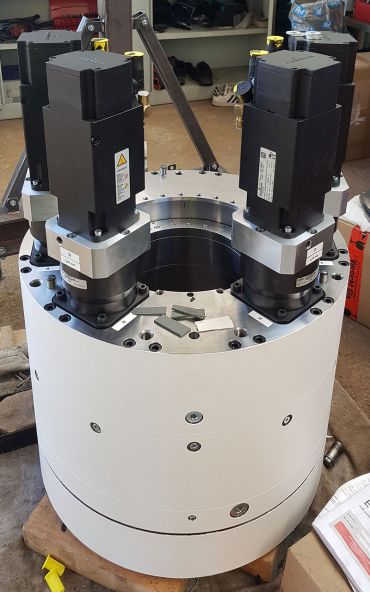
Fig. 4: Cutter head with water-cooled DSC-series synchronous motors
For the competition, a tunnel with a diameter of 0.5 m had to be drilled. According to the requirement specification, in order to operate the cutter head, the complete tunnel boring machine could not exceed a total power of 100 kW. The team made the decision to use electric motors instead of a hydraulic motor because they were easier to install in the cutter head. Another reason motivated by environmental considerations was to prevent potential underground oil leaks.
The challenge for the team was then to select a compact, energy-efficient motor with high power density in order to keep the installation space to a minimum. The team decided to use Baumüller’s DSC series of water-cooled synchronous motors in size 45 as the cutter head drive. A spur gear was mounted on each motor, which meshes with a large ring gear. The cutter head was then synchronously operated with a specially developed control system.
The challenge was to select a compact, energy-efficient motor with high power density, as the installation space had to be small.
Driving the tunnel boring machine
A hydraulic solution was devised for driving the machine. “We stored the pipes in the turret. One pipe is jacked forward by the jacking system, and the other pipes remain in the turret. When a pipe was fully jacked forward, the turret rotated, reloading the machine, so to speak, and you could continue boring right away,” Scheer explains.
A cable management system was developed for this purpose, which had to be connected by the user and worked very reliably. After each cycle, the plug connections were opened, changed and plugged in. Then work could be continued immediately.
Water cooling prevents overheating
A screw conveyor was used to remove the material. This conveys the material out of the cutter head onto conveyor belts. In the same work step, the conveyor belts were placed on a track that was laid along with it in order to save additional time in the competition. To avoid overheating of the screw conveyor, a water-cooled DSC1 motor with 14 kW was also used here. Water cooling the motor reliably dissipates the waste heat. Compared to other cooling methods, the output of the electric motors is up to 50% higher with water-cooled versions. Conversely, this means that smaller sizes can be used – a key requirement for the required small design of the motor.
The future of the TU Munich team
The TUM Boring team still has many ideas that have not yet been implemented in the current machine. The competition is likely to be continued this year – an ideal occasion to further improve the tunnel boring machine. We wish the TUM Boring team continued success in this endeavor!

Markus Keila
Product Manager Motors



